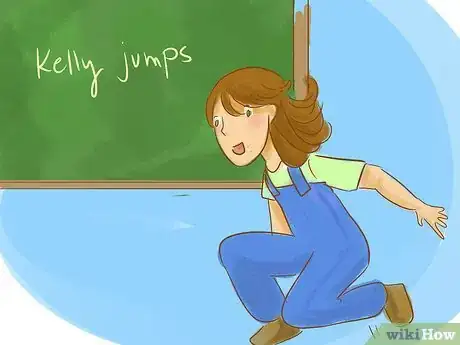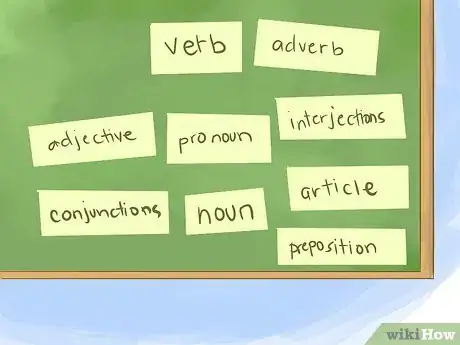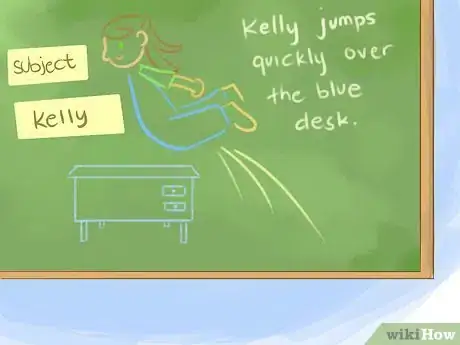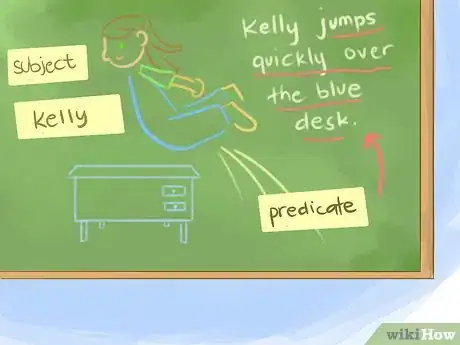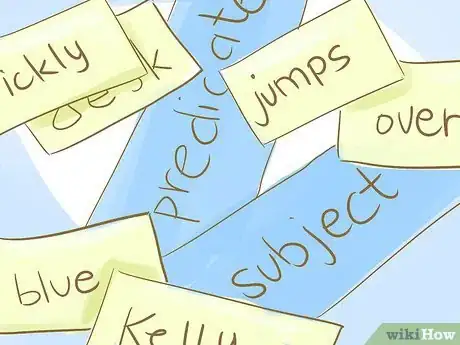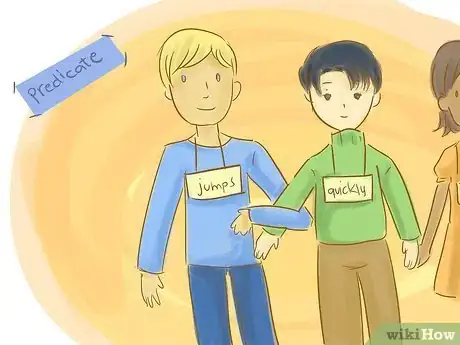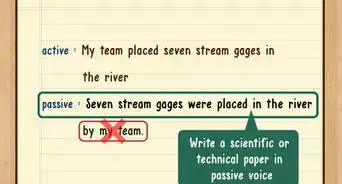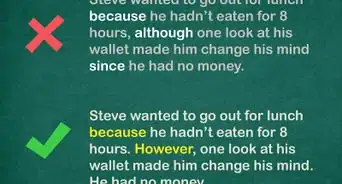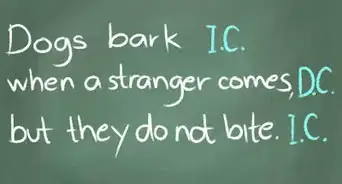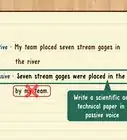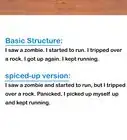wikiHow is a “wiki,” similar to Wikipedia, which means that many of our articles are co-written by multiple authors. To create this article, volunteer authors worked to edit and improve it over time.
This article has been viewed 27,951 times.
Learn more...
Sentence diagramming is a dying art. While it was once taught in most English classrooms, it is not used as often today. Many teachers believe that grammar lessons are better integrated into actual writing lessons. Nonetheless, diagramming can help students analyze sentences in a straightforward manner, teaching them how the sentences are put together. Visual and kinetic learners in particular will likely benefit from this method. If you’re unsure of how to get started with the process, start by teaching the basics and then move into more fun and creative ways to practice sentence diagramming.
Steps
Teaching Basic Sentence Diagraming
-
1Start by teaching the basics. Talk about how words function; you don’t need to focus on the names of words right at the beginning of your lesson. Help your students begin to see how words interact with each other.
- For instance, you can have students act out short sentences to see what is doing the action (the subject/noun), what is the action (the verb), and how they relate to one another.
- Try having them act out sentences like “Kelly jumps.” and “Carla writes.” Once the students learn those, move on to more complicated sentences, such as “Kelly jumps quickly over the blue desk.” and “Carla writes in cursive letters on the board.”
-
2Begin naming the parts of speech. Teach nouns, pronouns, verbs, adjectives, adverbs, articles, conjunctions, prepositions, and interjections. Make the connections for your students between the relationships you discussed and the formal names of the parts of speech.Advertisement
-
3Help students determine what a subject and a predicate is. This is the first step in formal diagramming; everything before this step is an attempt to lay the groundwork.
- Find the subject. Go back to your earlier examples, expanding on the exact nature of the subject, which is the thing that does the action in sentence. For instance, in “Kelly jumps quickly over the blue desk,” “Kelly” is the subject.
- Talk about the predicate. Teach your students about how the second half of the sentence has the action in it, as well as modifiers to help make sense of what is going on, such as a direct object. The predicate in this case is “jumps quickly over the blue desk.”
-
4Discuss how certain words modify other words. When doing this, link the discussion to your earlier talks on relationships in sentences. Point out which words in the sentence are modifying other words.
- Discuss how words like prepositions, articles, and conjunctions connect everything together to help the sentence make sense.
- For instance, “quickly” is modifying “jumps,” as it tells how Kelly did the jump.
-
5Encourage the students to help one another. When diagramming, write the sentence down on the board so that all the students can follow along. To reinforce the information, have them work in groups to diagram their own sentences.
- You can also assign groups to learn about each part of speech and teach it to the rest of the class to help reinforce the lessons. That way, they learn one part of speech really well themselves and help the other kids learn it, too.
Using Alternative Teaching Techniques
-
1Make the sentence diagramming process more interactive. Not everyone learns by watching a teacher draw a diagram on the board. Try diagramming sentences with each student standing in place of a word.
- Write each word of a sentence on a piece of paper or cardboard. Tape off a section of the floor for the subject and predicate. Have the other students instruct the word-holding students on which box they should stand in.
- You can have students who represent words that belong together, such as prepositional phrases, link arms to show connections in a physical way.
-
2Try fun grammar games, such as classroom Mad Libs. Write a story, leaving out crucial words. Then have the students fill in the parts of speech at their desk without letting them see the whole story. The blank spaces in your story should have the name of a part of speech, such as a noun or verb, in the blank spot so that your students know what kind of word to use to fill in the gap.
- Encourage a few students to read their stories, which will be silly since they didn’t get to see the original text at first. While this doesn’t teach diagramming, it does help kids learn parts of speech.
-
3Use note cards. Alternatively, write equal numbers of verbs, nouns, and modifiers (such as prepositional phrases) on cards. Hand one out to each kid. Let kids wander around the room until they find two other people, so that each group has a noun, verb, and modifier. Then have the kids form their cards into sentences.
- In another game, have the kids form groups. Give each group a bag of words written out on notecards. Have them sort the notecards into parts of speech within a certain time limit. The team that gets the most correct in that time period wins the game.
-
4Keep your teaching method fun and interesting. When teaching diagramming, try to make it lighthearted and fun to keep it more interesting. Also, don’t be afraid to change up your teaching technique to make it appeal to a wider variety of students. Everyone learns differently, so changing your approach will help more students grasp the material.
Community Q&A
-
QuestionHow do I reteach grammar/diagramming to high school students?
 Community AnswerStart by introducing the basic rules and concepts in grammar and give them with worksheets on those subject matters. One unorthodox method is to make them watch movies with subtitles as this will enable the students understand the nuances of speech. It's great for punctuation and understanding prepositions as well. Reading and impromptu theater are other methods to encourage the students to help each other with grammar rules and correcting each other's mistakes.
Community AnswerStart by introducing the basic rules and concepts in grammar and give them with worksheets on those subject matters. One unorthodox method is to make them watch movies with subtitles as this will enable the students understand the nuances of speech. It's great for punctuation and understanding prepositions as well. Reading and impromptu theater are other methods to encourage the students to help each other with grammar rules and correcting each other's mistakes.
